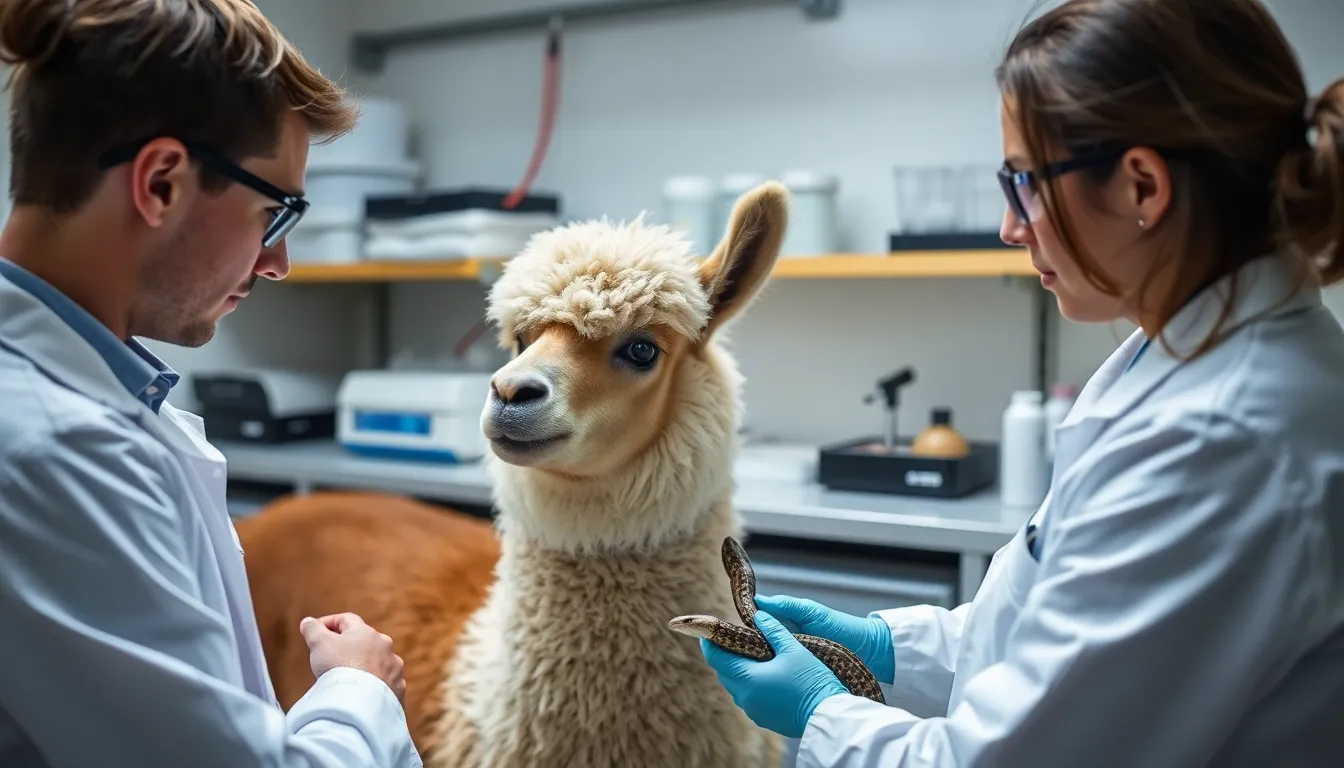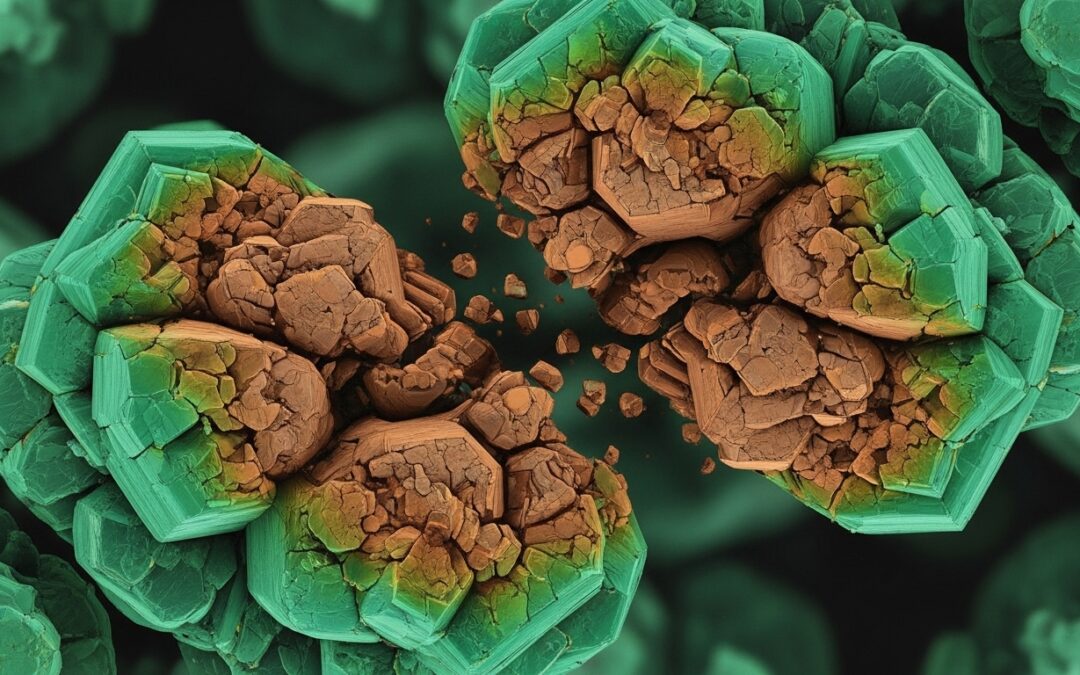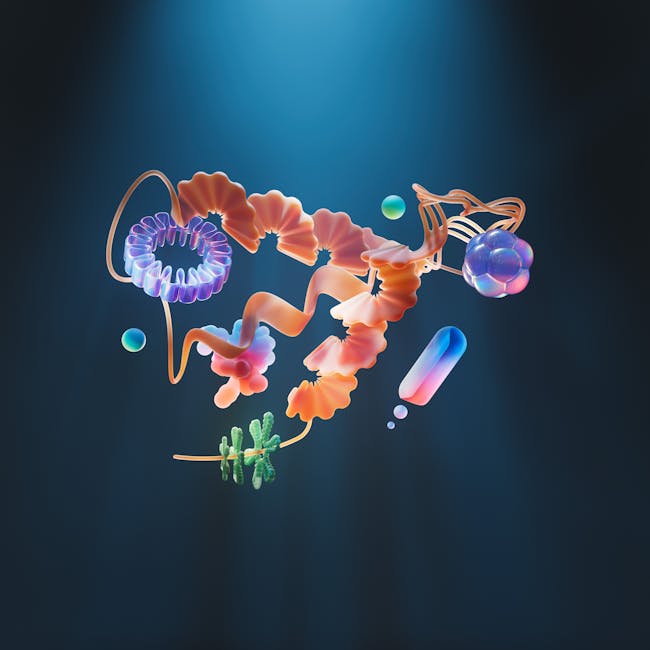The development of effective antivenoms is crucial for saving lives. The latest breakthrough utilizes nanobodies derived from camelids to combat the effects of venomous snakebites. This innovative approach promises to revolutionize treatment for those affected by these dangerous creatures. You’ll learn to understand the science behind this new antivenom and its potential impact on global health.
Table of Contents
We Also Published
Snakes, often maligned throughout history, are fascinating creatures. However, their venomous nature poses a significant threat, impacting hundreds of thousands annually. Scientists are making strides in developing effective antivenoms. This article will explore the development of a novel antivenom using nanobodies, offering hope for improved snakebite treatment. You’ll learn how scientists are working to develop a broad-spectrum antivenom to save lives.
The Global Impact of Snakebites
Snakebites are a major public health concern, particularly in sub-Saharan Africa, where they affect numerous individuals each year. The consequences of snakebites can range from localized tissue damage to systemic effects, including paralysis, internal bleeding, and even death. The current treatments often have limitations. They may be costly and difficult to distribute, especially in remote areas.
Effective antivenoms are crucial in mitigating the impact of snakebites. The development of antivenoms has traditionally relied on using antibodies from large animals, such as horses. This process is time-consuming and can lead to side effects. Therefore, the search for better, more accessible, and safer antivenoms is a top priority for scientists worldwide.
The Traditional Approach to Antivenom Production
Traditional antivenom production involves immunizing animals like horses with snake venom. The horses then produce antibodies. These antibodies are harvested and purified to create antivenom. While this method has saved countless lives, it has several drawbacks. The process is complex and expensive, requiring specialized facilities and trained personnel.
Moreover, the quality of antivenom can vary depending on the animal used and the specific venom. The administration of traditional antivenom can also cause adverse reactions, including allergic responses and serum sickness. Thus, there is a clear need for alternative methods that are more efficient and safer.
Nanobodies: A Novel Solution
Scientists are exploring innovative approaches to antivenom production, including the use of nanobodies. Nanobodies are a type of antibody fragment derived from camelids, such as llamas and alpacas. These unique molecules offer several advantages over traditional antibodies, including their smaller size and greater stability.
Nanobodies can be produced on a large scale with consistent quality, making them a cost-effective alternative. Their smaller size allows them to penetrate tissues more effectively. They can also target a wide range of toxins. Therefore, they have the potential to revolutionize snakebite treatment.
The Nanobody Antivenom: A Scientific Breakthrough
A recent study led by researchers at the Technical University of Denmark (DTU) has made significant progress in developing a nanobody-based antivenom. The team used alpaca and llama nanobodies to create a cocktail effective against the venom of 17 African snake species. This approach holds promise for treating bites from various venomous snakes.
The researchers immunized alpaca and llamas with non-lethal doses of venom from various African snakes. This triggered the production of nanobodies. These nanobodies were then tested for their ability to neutralize the venom. The results showed that the nanobody cocktail effectively neutralized the venom from the tested snakes. This is a crucial step towards creating a broad-spectrum antivenom.
Advantages of Nanobody-Based Antivenom
Nanobodies offer several advantages over traditional antivenoms. They are more stable, making them easier to store and transport. Their smaller size allows them to penetrate tissues more rapidly and deeply, leading to faster neutralization of the venom. They can also be produced on a large scale, ensuring a consistent supply.
This approach could potentially reduce the cost of antivenom production. It could also reduce the side effects associated with traditional antivenoms. The nanobody antivenom could provide a more effective and safer treatment for snakebites. It is especially beneficial in regions where snakebites are prevalent.
Future Directions and Potential Combinations
The research team aims to expand the coverage of their nanobody antivenom to include viperids (vipers), another group of highly venomous snakes. They are also exploring the possibility of combining antivenoms to create a broad-spectrum treatment. This would offer protection against a wider range of snake species.
The ultimate goal is to develop a single antivenom that can effectively treat bites from all major venomous snake species. Scientists are also working to improve the delivery and administration of antivenoms. This includes developing more user-friendly formulations and exploring alternative routes of administration to save lives.
Key Takeaways
The development of nanobody-based antivenom represents a significant advancement in snakebite treatment. You’ll learn how nanobodies offer several advantages over traditional antivenoms. They have the potential to improve the lives of countless individuals affected by snakebites. The ongoing research holds promise for a future where snakebites are no longer a life-threatening event.
| Feature | Nanobody Antivenom | Traditional Antivenom |
|---|---|---|
| Source | Camelids (Alpacas/Llamas) | Horses |
| Size | Smaller (Nanobodies) | Larger (Antibodies) |
| Stability | Higher | Lower |
| Production | Large-scale, consistent quality | Variable quality |
| Side Effects | Potentially fewer | Can cause allergic reactions |
Also Read
RESOURCES
- A brief history of antivenom - Fogarty International Center @ NIH
- Adverse reactions to snake antivenom, and their prevention and ...
- Antivenom | Smithsonian Institution
- Developing a computational pharmacokinetic model of systemic ...
- Analysis of the Sub-Saharan African Snake Antivenom Market and ...
- AI could help develop cheaper, faster, and more effective snake ...
- Blood of man who's had 200 snake bites helps make a potent ...
- Antivenom - Wikipedia
- The Urgent Need to Develop Novel Strategies for the Diagnosis and ...
- Man who injected himself with deadly venom helps create snakebite ...
- Scientists develop AI-designed snake antivenom
- Snakebite envenoming
- 'Unparalleled' snake antivenom made from man bitten 200 times
- The Urgent Need to Develop Novel Strategies for the Diagnosis and ...
- Snakebite Treatment: Past, Present, and Future — Asclepius ...
From our network :
- Limit Superior and Inferior
- JD Vance Charlie Kirk: Tribute and Political Strategy
- Limits: The Squeeze Theorem Explained
- Optimizing String Concatenation in Shell Scripts: quotes, arrays, and efficiency
- Economic Importance of Soybeans in America: The $60 Billion Crop That Feeds the World
- Optimizing String Concatenation in JavaScript: Template Literals, Join, and Performance tips
- Bitcoin price analysis: Market signals after a muted weekend
- Bitcoin Hits $100K: Crypto News Digest
- The Diverse Types of Convergence in Mathematics








0 Comments